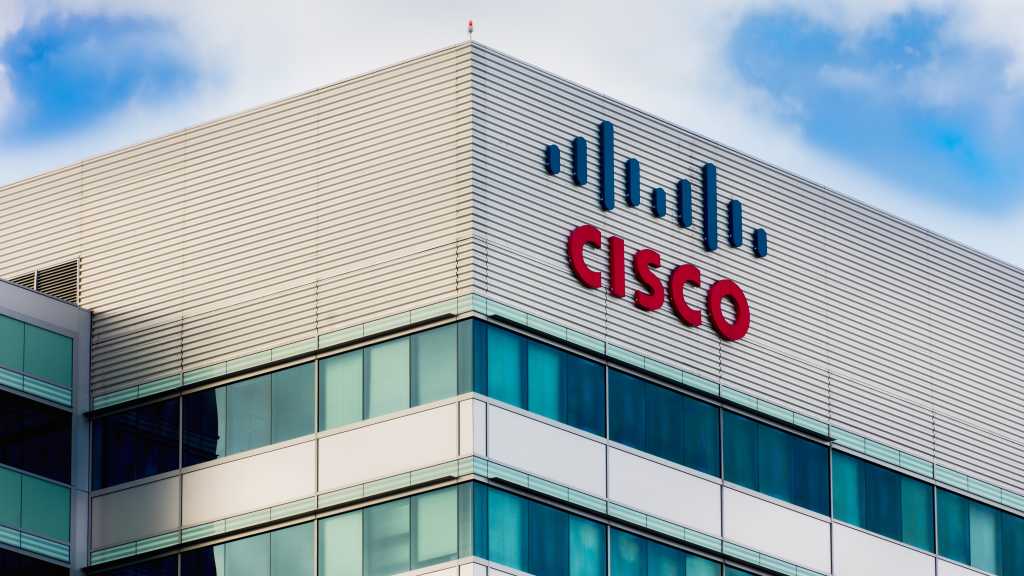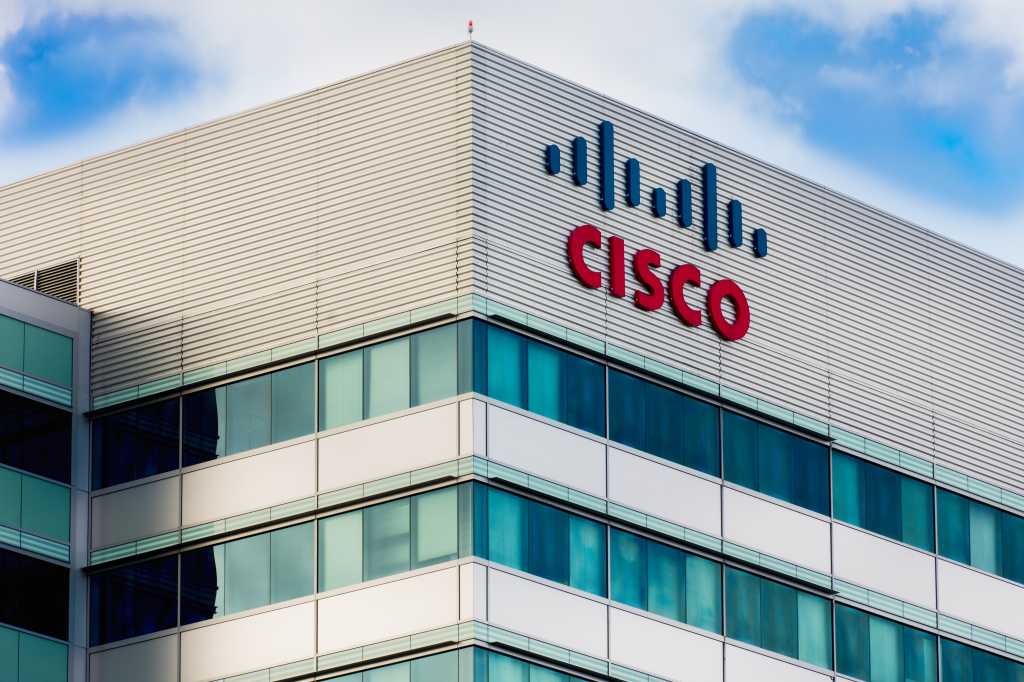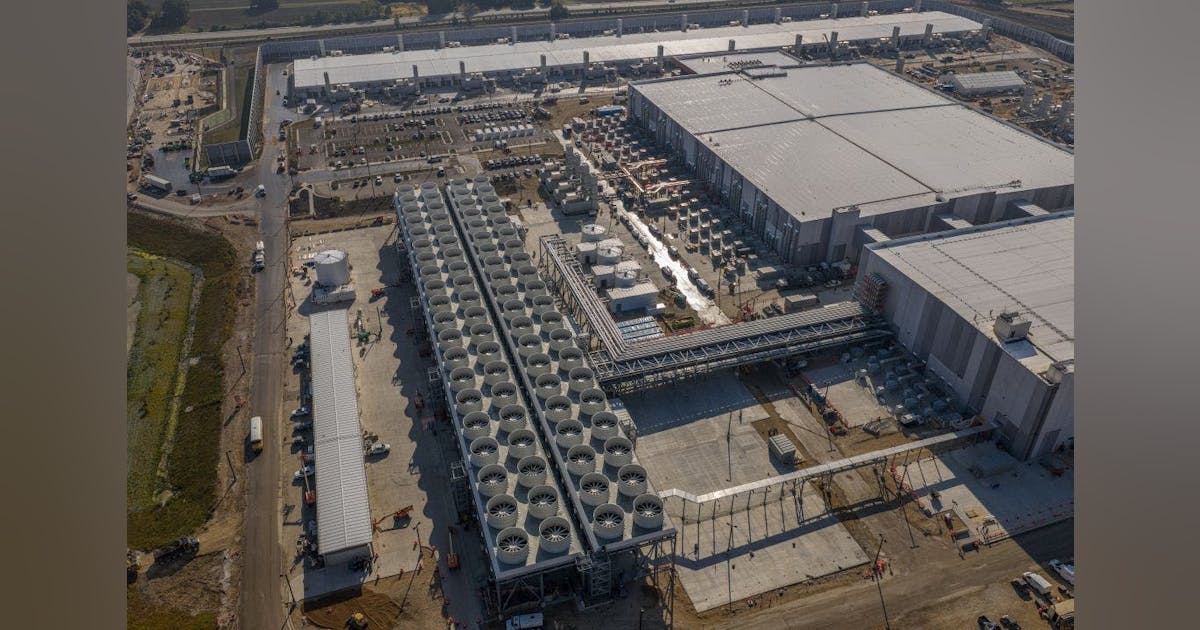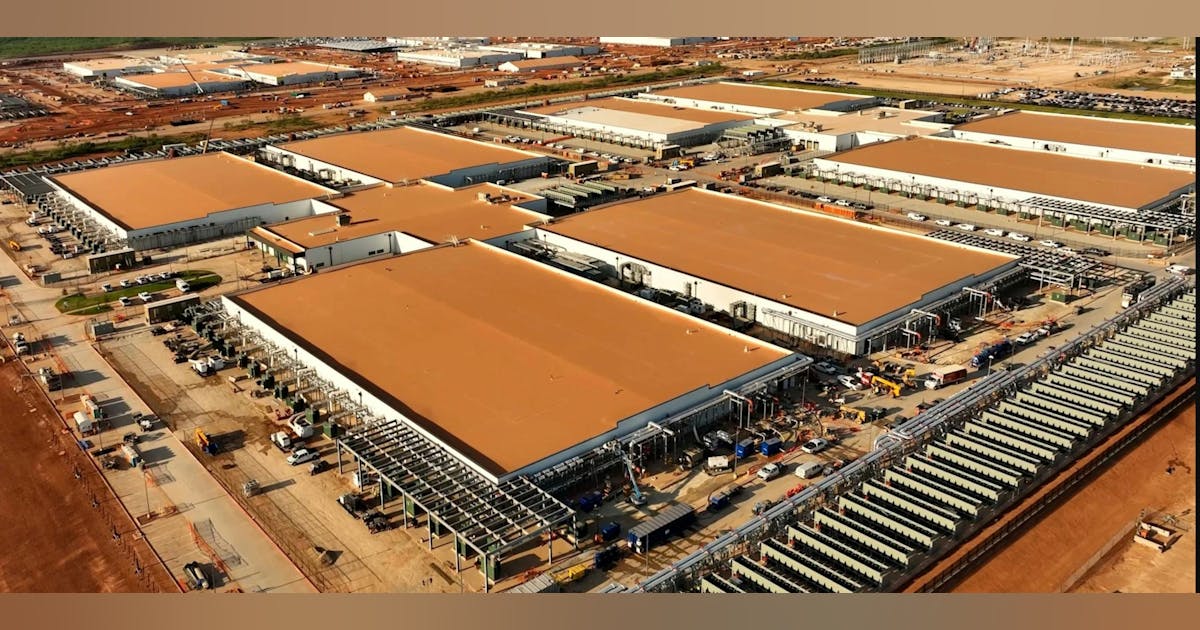Join our daily and weekly newsletters for the latest updates and exclusive content on industry-leading AI coverage. Learn More
Black Forest Labs has quickly made a name for itself as the premiere, high-quality open-source AI image generation startup — even surpassing the quality of models offered by Stability AI, where Black Forest Labs’ founders previously worked. It briefly served as the default image generator in xAI’s Grok language model, too.
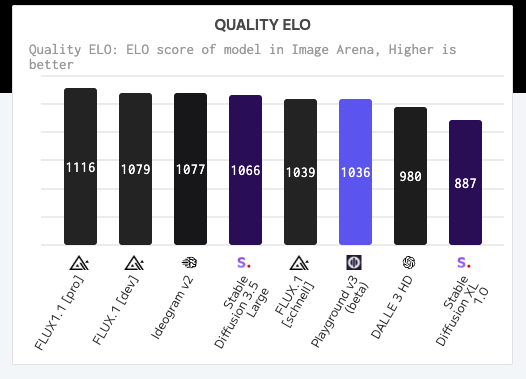
Today Black Forest Labs is taking this a step further, announcing the release of the FLUX Pro Finetuning API, a tool that empowers creators to customize generative AI models using their own images and concepts.
Designed for professionals in marketing, branding, storytelling and other creative industries, the API enables the personalization of the company’s flagship FLUX Pro and FLUX Ultra models with a user-friendly approach.
Customization at scale
The FLUX Pro Finetuning API allows users to fine-tune generative text-to-image models with five to 20 training images, optionally accompanied by text descriptions.
This process results in customized models that maintain the generative versatility of the base FLUX Pro models while aligning outputs with specific creative visions. The tool supports multiple modes, including “character,” “product,” “style” and “general,” making it adaptable for a wide variety of use cases.
The trained models can seamlessly integrate with endpoints such as FLUX.1 Fill, Depth, Canny and Redux, as well as with high-resolution generation capabilities of up to four megapixels. Whether for creating brand-consistent marketing visuals or detailed character art, the API enhances precision and adaptability in AI-generated content.
Practical applications and use cases for brands, marketers and more
Using the FLUX Pro Finetuning API, professionals can create customized models that preserve essential design elements, character consistency or brand properties. A study conducted by Black Forest Labs showed that 68.9% of users preferred FLUX Pro’s fine-tuned results over competing services.
Some highlighted applications include:
• Inpainting: Using FLUX.1 Fill for iterative edits to refine images
• Structural Control: Integrating with FLUX.1 Depth to enhance image generation with precise structural adjustments
• Visual Branding: Ensuring consistency across marketing materials and campaigns
Partnership with BurdaVerlag
Black Forest Labs has partnered with BurdaVerlag, a leading German media and entertainment company, to demonstrate the potential of the FLUX Pro Finetuning API. BurdaVerlag’s creative teams are using the tool to develop customized FLUX models tailored to their brands, such as the children’s publication Lissy PONY.
With this integration, BurdaVerlag’s design teams can create visuals that reflect each brand’s identity while exploring new creative directions. The API has accelerated their production workflows, enabling high-quality content generation at scale.
Accessible pricing and availability
The FLUX Pro Finetuning API is now available via API endpoints through the Flux.1 [dev] model. Pricing for all FLUX models on Black Forest Labs’ API is as follows:
• FLUX 1.1 [pro] Ultra: $0.06 per image
• FLUX 1.1 [pro]: $0.04 per image
• FLUX.1 [pro]: $0.05 per image
• FLUX.1 [dev]: $0.025 per image
Getting started is a cinch
The finetuning process requires minimal input from users. Training images in supported formats (JPG, JPEG, PNG or WebP) are uploaded, with resolutions capped at one megapixel for optimal results. Advanced configuration options allow for fine control over the training process, including iteration counts, learning rates, and trigger words for precise prompt integration.
Black Forest Labs has also provided extensive resources, including a Finetuning Beta Guide and Python scripts for easy implementation. Users can monitor progress, adjust parameters, and test results directly via API endpoints, ensuring a smooth and efficient workflow.
By combining versatility, ease of use and professional-grade outputs, the FLUX Pro Finetuning API sets a new benchmark for customized content creation in generative AI. With the tool now available, Black Forest Labs aims to transform how individuals and organizations approach personalized media generation, unlocking creative possibilities at an unprecedented scale.
Daily insights on business use cases with VB Daily
If you want to impress your boss, VB Daily has you covered. We give you the inside scoop on what companies are doing with generative AI, from regulatory shifts to practical deployments, so you can share insights for maximum ROI.
Read our Privacy Policy
Thanks for subscribing. Check out more VB newsletters here.
An error occured.


